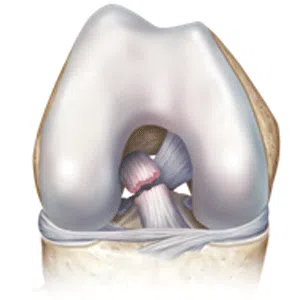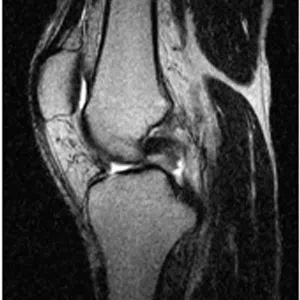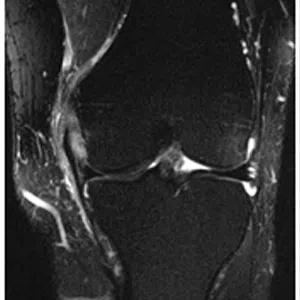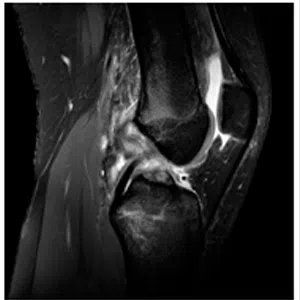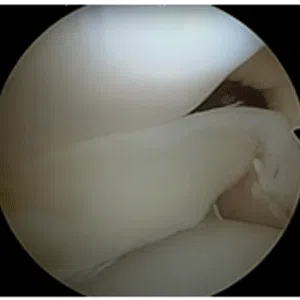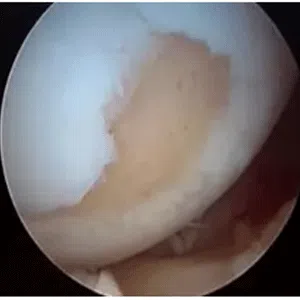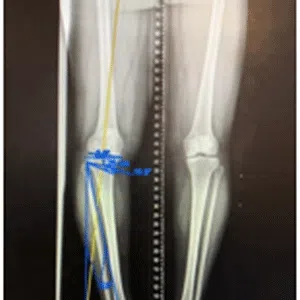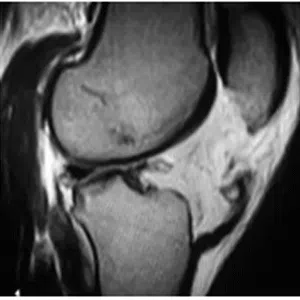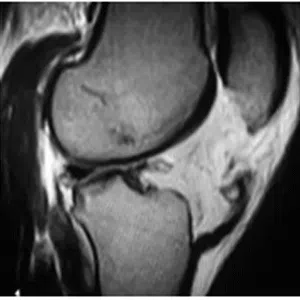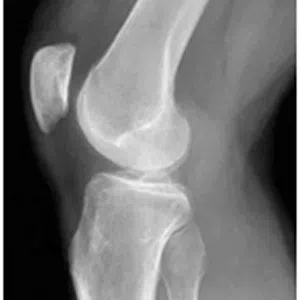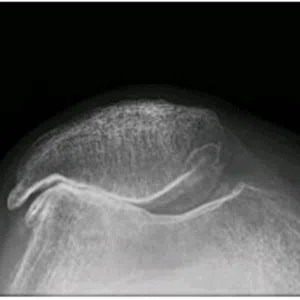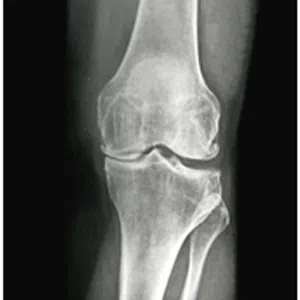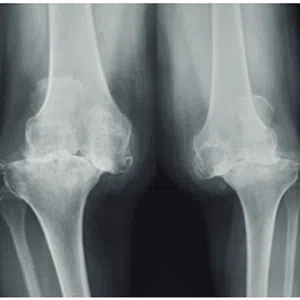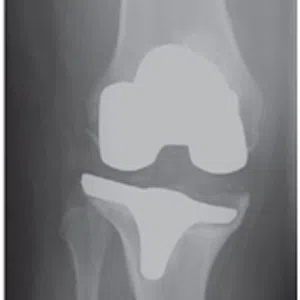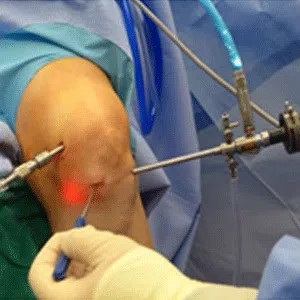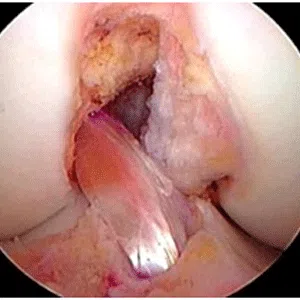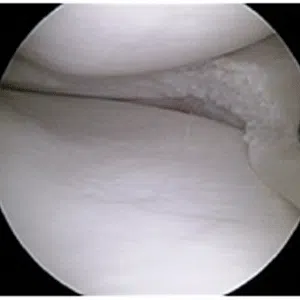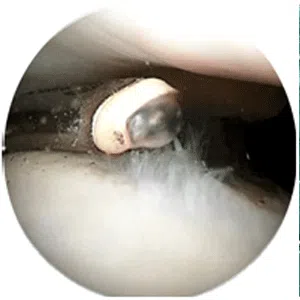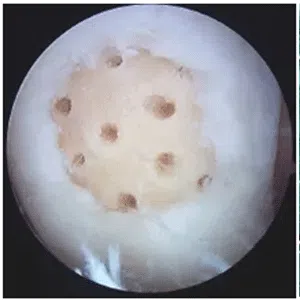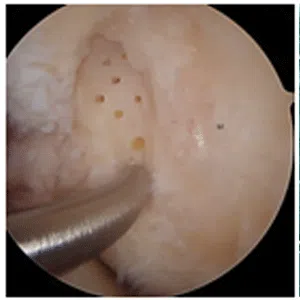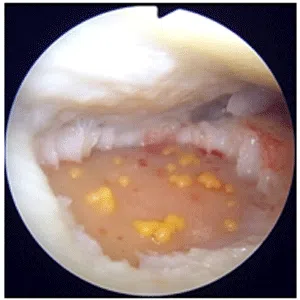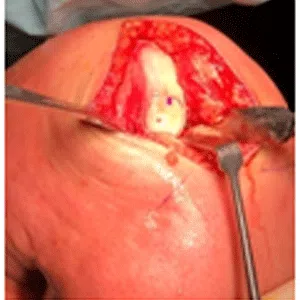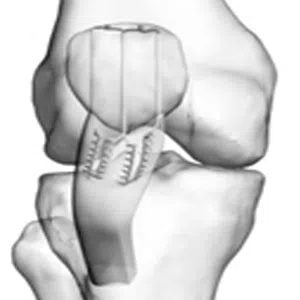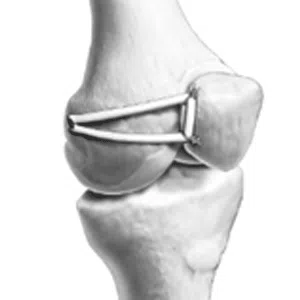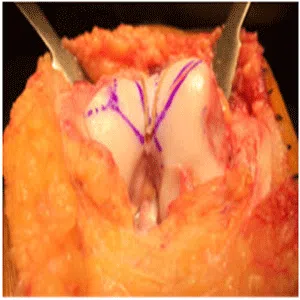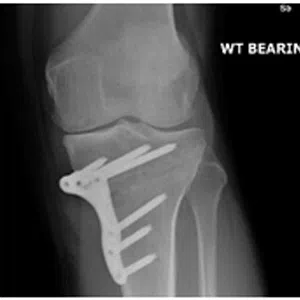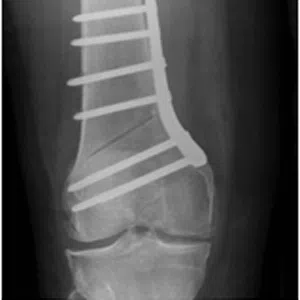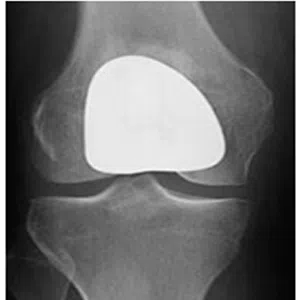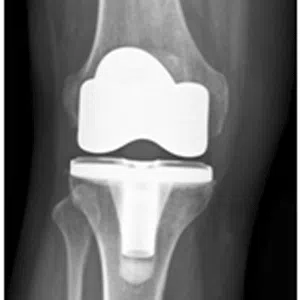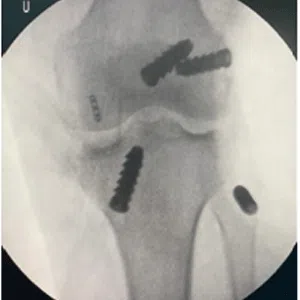
Ligaments are strong, fibrous bands of tissue that connect bones to each other and provide stability to the joint. Multi-ligament reconstruction surgery is a complex surgical procedure used to repair or replace two or more damaged ligaments in the knee joint for instance a combination of anterior cruciate (ACL) or posterior cruciate (PCL) or collateral ligament (MCL or LCL) or posterolateral complex (PLC) reconstruction.
Multi-ligament injuries are often the result of a traumatic injury, such as a sports injury or car accident. In some cases, the injury may involve damage to several ligaments at once, which can lead to instability and other complications.
During multi-ligament reconstruction surgery, the surgeon will typically make several incisions in the knee to access the damaged ligaments. The damaged ligaments will then be removed and replaced with grafts, which may be taken from other parts of the patient’s body or from a donor.
The grafts are typically secured in place using screws or other fixation devices, and the incisions are closed using sutures or staples. After the surgery, the patient will need to follow a rehabilitation program, which may include physical therapy and other treatments to help restore strength, flexibility, and range of motion in the knee joint.
The recovery time for multi-ligament reconstruction surgery can vary depending on the extent of the injury and the type of surgery performed. In some cases, it may take several months to fully recover and return to normal activities. It’s important to follow your surgeon’s instructions closely and attend all follow-up appointments to ensure the best possible outcome.
-
Anterior cruciate ligament (ACL) tear revision
-
Posterior cruciate ligament (PCL) tear
-
Medial collateral ligament (MCL) injury
-
Multi-ligament tear
-
Meniscus tear
-
Meniscus root tear
-
Cartilage injury – repair/ osteochondritis dissecans
-
Knee deformity or malalignment – varus/ valgus/ rotational
-
Patellar tendon tear
-
Quadriceps tendon tear
-
Patellofemoral instability
-
Patellofemoral arthritis
-
Knee arthritis in young
-
Knee arthritis
-
Failed primary total knee replacement
-
Joint preservation surgery
-
Arthroscopic ACL repair/ reconstruction/ Revision ligament reconstruction
-
Arthroscopic PCL reconstruction
-
Multi-ligament reconstruction
-
Meniscus surgery –partial meniscectomy/ repair (root tear/ rim lesion)
-
Meniscus transplant
-
Chondroplasty
-
Microfracture
-
Nanofracture
-
BMAC
-
Autologous chondrocyte implantation (ACI)
-
Osteochondral Autologous Transfer Surgery (OATS) or mosaicplasty
-
Osteochondral allograft transplant
-
Patellar tendon repair/ quadriceps tendon repair
-
MPFL reconstruction
-
Tibial tuberosity transfer
-
Trochleoplasty
-
De-rotation or rotational osteotomy (Proximal tibial/ Distal femur)
-
High tibial osteotomy
-
Distal femoral osteotomy
-
Patellofemoral joint replacement
-
Total knee replacement





